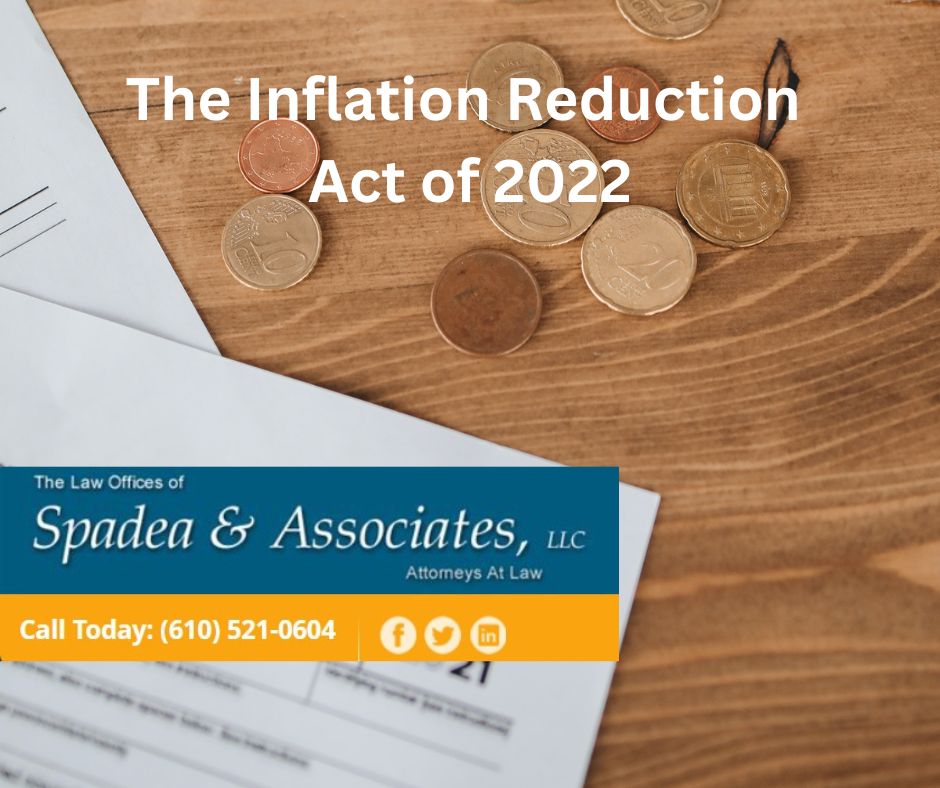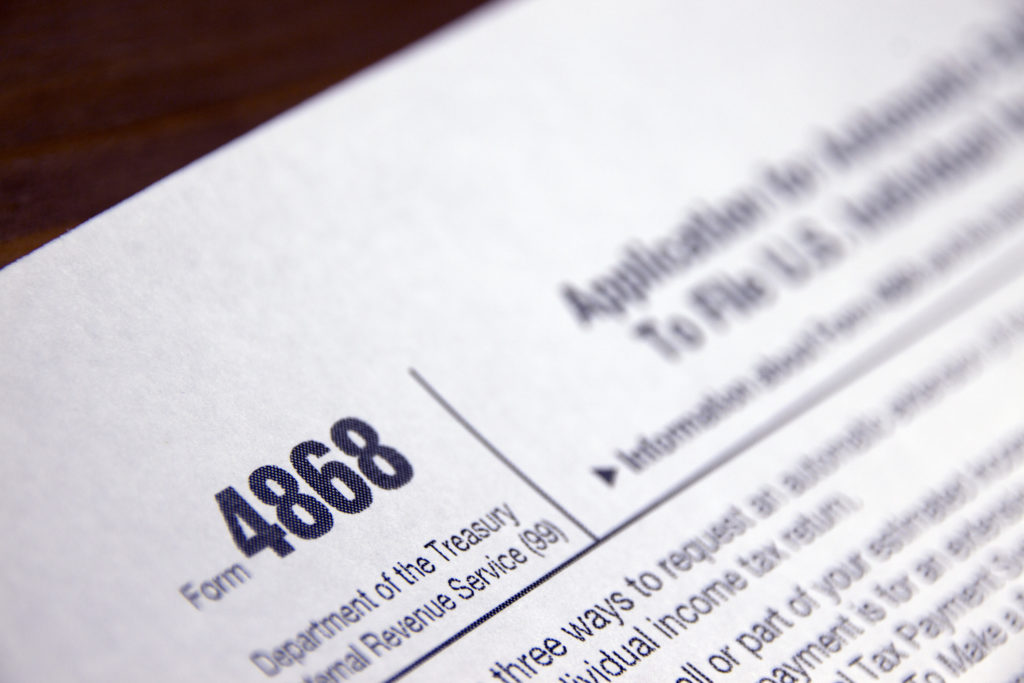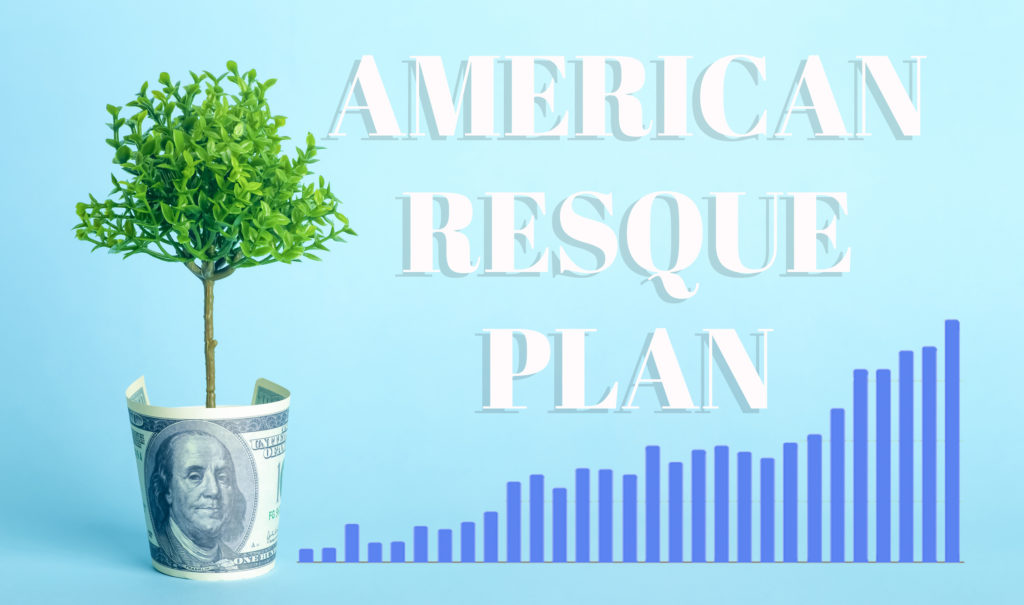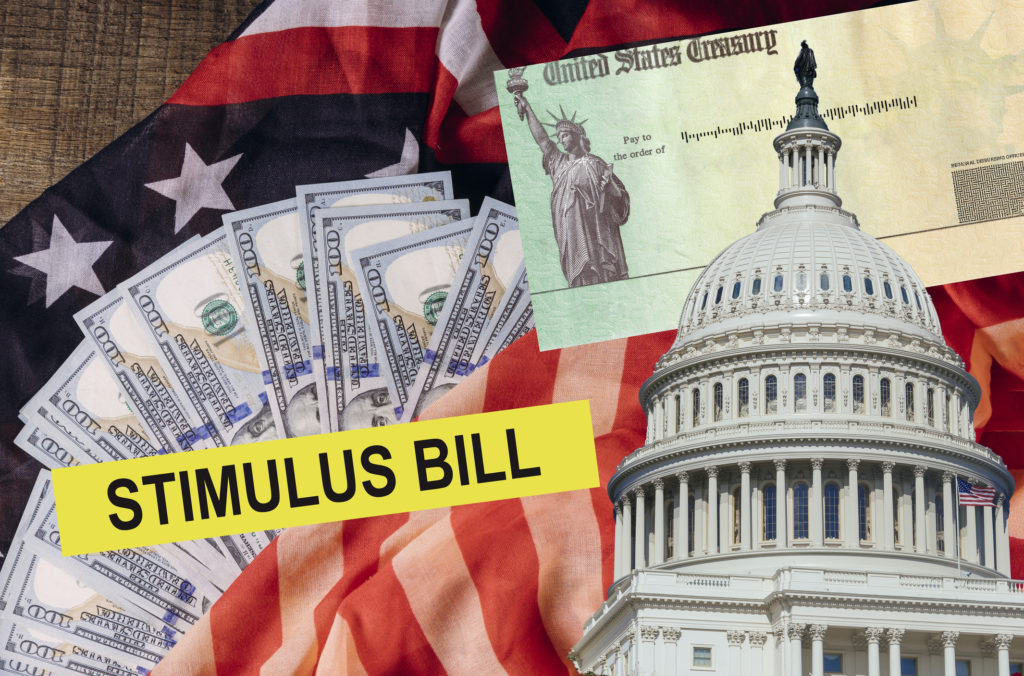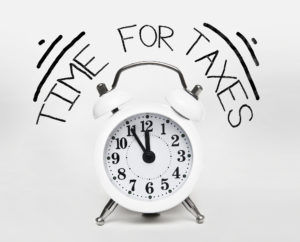Pennsylvania inheritance tax is due within 9 months of a person’s date of death on the value of any assets owned by the decedent and passed on to his or her beneficiaries. Here are 23 assets that are not subject to Pennsylvania inheritance tax.

- Life Insurance. Life insurance is exempt from Pennsylvania inheritance tax, whether it is paid directly to a designated beneficiary or to the decedent’s estate. You may hear that if the life insurance is payable to the estate, then it is subject to Pennsylvania inheritance tax, but this is not accurate. Although it is often a good idea to not name the estate as beneficiary of life insurance for other reasons, such as protection of the life insurance proceeds from creditor claims, all proceeds from life insurance on the decedent’s life are exempt from inheritance tax. Note that refunds of unearned life insurance premiums for the current policy period and post-death dividends are also treated as exempt life insurance proceeds.
- Property Owned Jointly between Spouses. Assets owned jointly between spouses, such as joint bank accounts and real estate owned jointly with right of survivorship, are not subject to Pennsylvania inheritance tax. Additionally, there is no need to even report property owned jointly between spouses on the Pennsylvania inheritance tax return. Jointly owned assets are normally reportable for non-spouses on Schedule F of the tax return, but the Pennsylvania Department of Revenue’s instructions to Schedule F make clear that jointly owned assets need not be reported in the case of a married couple. If all property of the decedent was owned jointly between spouses, there is no duty to even file a Pennsylvania inheritance tax return.
- Real Estate Owned as Tenants by the Entireties. Married couples in Pennsylvania often own real estate as “tenants by the entireties.” It is not uncommon to see married couples own their primary residence in this manner for estate planning reasons and for the protection from creditors titling real estate in this way can provide. It is a form of ownership where each member of the couple is deemed to own 100% of the real estate and is exempt from Pennsylvania inheritance tax.
- Inheritance from Predeceased Spouse. Assets passing to a surviving spouse that are not jointly owned must be reported on the PA inheritance tax return. They are technically taxable, but are taxed at a zero rate, so no tax is due. Even though no tax is due, an inheritance tax return should be filed reporting the assets passing to the surviving spouse, “taxed” at zero percent.
- Assets Passing from Deceased Child to Parent. If a child aged 21 or under predeceases a parent, no inheritance tax is due on assets passing to the parent from the child. This exception applies to assets passing to a natural parent, adoptive parent, or stepparent. Though taxable, the tax rate is zero percent.
- Assets Passing from Parent to Child 21 or Younger. Like the exception above, if a parent dies and leaves assets to a child who is 21 or younger, the tax rate is zero. This exception came into effect on January 1, 2020. The term parent includes a natural parent, adoptive parent, and stepparent.
- Property Passing from Certain Deceased Members of the Military. Effective September 6, 2022, assets passing from members of the military who died because of an injury or illness received while on active duty in the armed forces, reserve component, or the National Guard, are exempt from Pennsylvania inheritance tax.
- Certain Farmland Property. Since June 30, 2012, certain farmland and agricultural property has been exempt from Pennsylvania inheritance tax if it passes to qualifying family members. Special rules exist, so if this exemption might apply in your case, review Pennsylvania Department of Revenue Inheritance Tax Information Notice 2021-01 for details and meet with an estate attorney to be sure the inheritance tax return is prepared properly, and that the criteria for the exemption are met.
- Charitable Gifts. Assets given to charitable organizations are exempt from Pennsylvania inheritance tax. The gift to the charity must be set forth in the will, trust, or beneficiary designation to qualify for the charitable exemption. Assets “donated” by an executor to a charity or by the estate beneficiaries in memory of the decedent do not qualify for this exemption.
- Assets Passing to the Government. If there is no will or beneficiaries who would inherit under Pennsylvania law in the absence of a will, then it is possible for estate assets to be distributable to the Commonwealth of Pennsylvania as a “Statutory Heir” and would be exempt from Pennsylvania inheritance tax. Although rare, gifts to the United States of America, the Commonwealth of Pennsylvania, and political subdivisions of the Commonwealth of Pennsylvania are exempt.
- Tangible Personal Property of No Value. Many items of tangible personal property are special, and valuable to the family, or may be of utility to someone, but are of no financial value. A best practice is for the personal representative of the estate (executor or administrator) to have a licensed appraiser walk through the house, taking pictures, and provide an appraisal of the tangible personal property. In many cases much of the property will be of no monetary value, and no tax will be due. Even if the property is appraised at no value, it should be reported on Schedule E of the Pennsylvania inheritance tax return setting forth $0.00 as the value.
- Property in Another State. Tangible personal property and unsold real estate located outside of Pennsylvania titled to the individual name of the decedent is not subject to Pennsylvania inheritance tax. However, if out-of-state real estate was under an agreement of sale prior to date of death, then the proceeds received after death may be subject to inheritance tax.
- Junk Car. Junk or worthless cars should be appraised and set forth on the inheritance tax return even if of no value. If of no value, there would be no tax due.
- Most Lifetime Transfers. Gifts and transfers made more than one year before death are exempt from Pennsylvania inheritance tax.
- Lifetime Gifts up to $3,000 Annually, Per Person. Lifetime gifts made within one year of death are subject to Pennsylvania inheritance tax, but there is an exemption you can claim of up to $3,000 per person per calendar year for those transfers that occurred within one year of death.
- Advancements. Sometimes parents give a child money during their lifetime, specifying that it is an “advance” towards their future inheritance. For example, if one child of four is facing financial hardship such as going through a divorce or period of unemployment, the parent may help the child but want the estate to be adjusted in the future, so all children are treated equally. An “advancement” is not a gift and serves to the share distributed to the beneficiary from the estate. Unless the advancement occurred within one year of death, it is not subject to Pennsylvania inheritance tax.
- Death Benefits from Social Security. Lump sum death benefits from the Social Security Administration, whether paid to the decedent’s estate or to a family member of the decedent are exempt.
- A qualified family-owned business interest. Certain family business interests are exempt from Pennsylvania inheritance tax. The business must continue to be owned by the same family, or by a trust whose sole beneficiaries are the same family, for at least seven years after the decedent’s passing, and is reported on a timely-filed inheritance tax return.
- Worthless Debts, Including those of Estate Beneficiaries. Obligations owed to the decedent which are worthless immediately before the decedent’s passing are exempt from inheritance tax even though collectible from the debtor’s distributive share of the estate. See 72 P.S. 9111(o) for the statutory authority permitting this exemption.
- Pennsylvania State Employee’s Retirement System. Payments from a deceased Pennsylvania state employee from the Pennsylvania State Employees’ Retirement System are exempt from state and local tax, notably to include Pennsylvania inheritance tax with limited exceptions.
- Individual Retirement Accounts and 401K of Decedent Under Age 59 ½. IRAs and 401K retirement accounts of a non-disabled person who died before attaining age 59 ½ are not subject to Pennsylvania inheritance tax. If the person died before attaining age 59 ½ but was disabled, then the IRA and 401K are subject to Pennsylvania inheritance tax. A Roth IRA is subject to inheritance tax regardless of the age when the owner dies, and regardless of whether the owner was disabled. A special rule applies for the owner of a 401K who dies before attaining age 59 ½, in that if the owner of the 401K possessed the legal right to terminate the 401K plan during his or her lifetime, then it would be subject to Pennsylvania inheritance tax regardless of age, and regardless of disability status.
- Family Exemption. Certain individuals residing with a person at the time of death “as a member of the same household” are entitled to claim what is known as a “family exemption.” At the time of this writing the family exemption is $3,500 and is not subject to inheritance tax. The family exemption can be claimed by a surviving spouse, child, or parent, in that order. The family exemption cannot be claimed against joint or non-probate property.
- 529 Education Investment Plans. The College and Career and Savings Program Account, administered by the Pennsylvania Department of Treasury, is exempt from Pennsylvania inheritance tax, and is the only 529 Education Investment Plan that is exempt from PA inheritance tax.
If you have any questions about Pennsylvania Probate or preparing a Pennsylvania REV-1500 Inheritance Tax Return call Gregory J. Spadea at the Law Offices of Spadea & Associates, LLC, at 610-521-0604.


